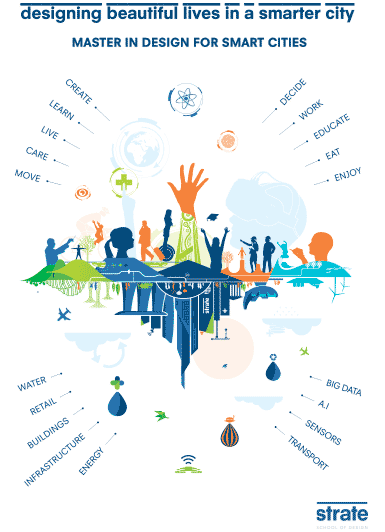You’ve heard of smartphones−devices that combine several solutions to the problems of the twenty-first century man into a single intuitive piece of technology small enough to put into your pocket. Now, the prime minister of Singapore, Minister Lee Hsien Loong has introduced an initiative that will make Singapore a Smart Nation. But what is a smart nation? And what exactly does it mean for Singapore and the world at large?
What is a Smart Nation?
To easily grasp the concept of a smart nation, and smart city, it’s best to think of it like a smart phone, because Smart Nation is based on the same principle. Its end goal is to make life better for the citizens of Singapore. In doing this, the Smart Nation initiative will sweep through all the sectors, including transportation, living and accommodation, work, and even offices. For example, bus stops will have interactive maps and Wi-Fi. Also, with GPS, programmers will be able to tell the speed of a bus, and how many people are on board.
With the information that all of these sensors provide, the authorities can gain a better understanding of the parts of the transportation system that need to be addressed. Furthermore, the information can be used to make the whole island run more effectively by essentially redirecting people to areas with less traffic. Since the idea is to make life easier for the citizens, you can begin to understand how the Smart Nation sensor platform can achieve this.
Benefits of Smart Nation
Better Organization and structure for the whole country
The overall goal of Smart Nation is to improve the efficiency of the country, making things run smoother than ever. However, the most significant advantage is related to the government. In the past, Singapore’s way of operating is to let the government lead, while everybody else follows. However, this system is very centralized, and with centralization comes bureaucracy. Bureaucracy brings sluggish execution of plans, which then has the potential to stall the whole country.
However, with Smart Nation, the government is essentially trying to build technological infrastructure that can allow them to offer new services with more ease than they have currently been doing. This is especially timely, since Singapore’s large size forces it to do more work if it is to stay at pace with the world.
Better systems
As we discussed earlier, a Smart Nation simply runs more effectively. With the Smart Nation milestones that Singapore has achieved in its transportation system, traffic, and overall delays will be all but forgotten. However, the efficiency of its operations extends to its health care system as well. It has already begun to see improvements in how patients are seen and treated since the initiative began.
The KK Women’s and Children’s Hospital has used Smart Nation to ease the patient load it encounters on a daily basis. All non-emergency cases are now being attended to via video conferencing. This new technology is very effective, especially in cases where the doctor can make observations and prescriptions based on visuals alone. It is simply a better system.
Master in design for smart cities - Singapore
Master in design for smart cities, now open in Singapore
The Masters in Design for Smart Cities are a 2-year, postgraduate programmes, developed by globally renowned design university, Strate.
The Master Degrees will train Design Managers and Smart City experts. The multidisciplinary approach of combining design, humanities, technology and management, is taught through the model of Design Thinking and Design Doing, where students craft innovative mindsets based on design methodology and extensive hands-on practice.
Smart Nation and the elderly
One might be inclined to think that Smart Nation has the potential to leave the elderly behind. However, that could not be farther from the truth, as the Prime Minister himself said that helping the elderly and where they live is a top priority of Smart Nation. According to him, Smart Nation will help elderly people lead independent lives within their own communities, and give their children and loved ones peace of mind. Additionally, there will be integrate sensors, apps and other remote monitoring measures that will help the elderly age with grace and connect with their children, and caregivers.
Challenges of Smart Nation
No revolutionary initiative is without speed bumps and obstacles. Smartphones had them, smart cars had their fair share, and Smart Nation is not an exception. For one thing, it does pose some risks in how effective it might actually be. For example, the video conferencing that is being used to treat patients, there is a possibility of doctors missing symptoms that they would otherwise have caught had the session been done face to face. This is a very big problem indeed, since without correct diagnosis, adequate treatment is very difficult.
Additionally, an integration of this magnitude definitely has drawbacks. The speed of integration and set up is bound to be slow, even if we measure it with the standard rate of technology adoption. And it is clear to see from Singapore’s example. In 2017, Prime Minister Lee Hsien Loong admitted that the program isn’t moving as fast as it ought to. That just illustrates how much work there is to be done with Smart Nation.
However, regardless of the limitations that the Smart Nation might have, it is clear that Singapore is onto something great, and it has the potential to revolutionize the way that people interact with each other, and go about their lives. One lesson that the rest of the world can draw from Singapore’s Smart Nation is that there are no limits to what technology can do.

